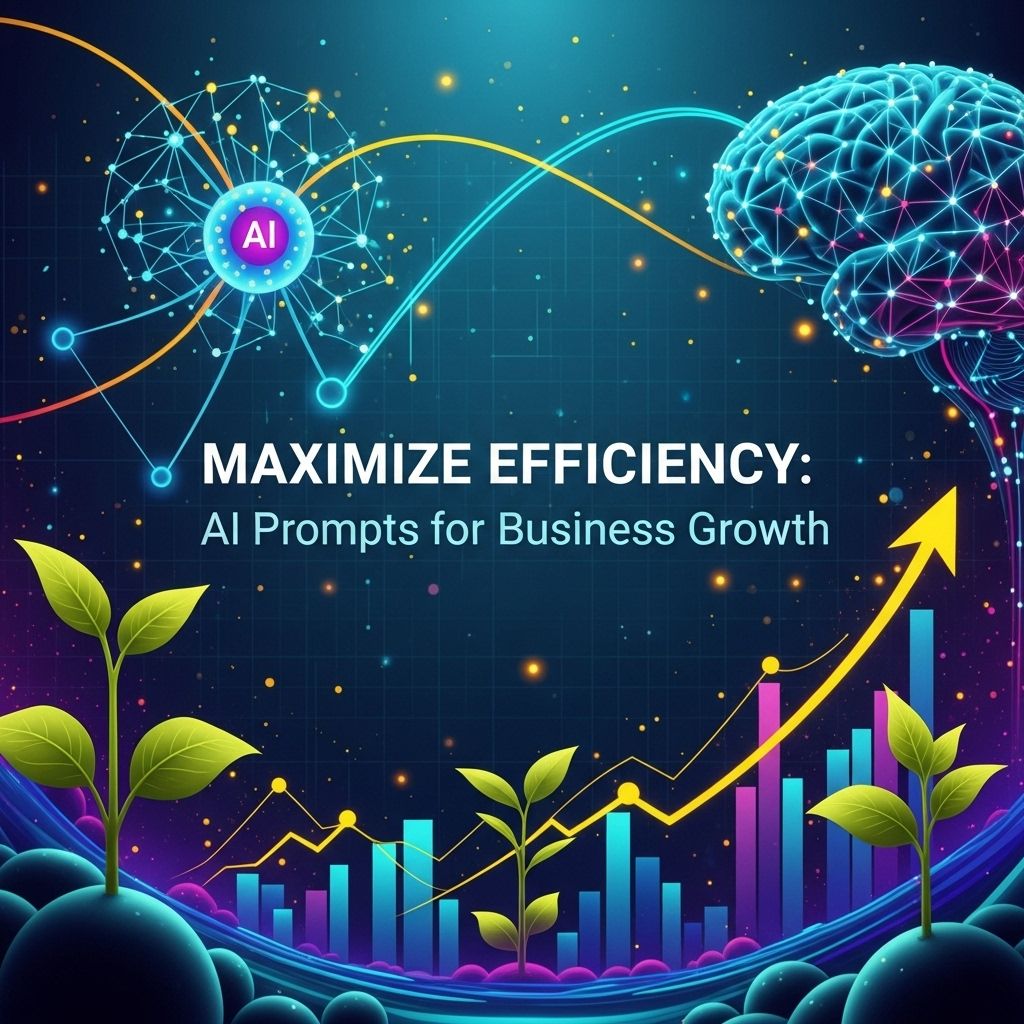As businesses continue to evolve in an increasingly digital landscape, the importance of automation tools cannot be overstated. Automation enhances efficiency, reduces human error, and allows teams to focus on strategic initiatives rather than mundane tasks. In 2025, we expect a surge in the adoption of sophisticated automation tools that cater to various business needs. This article delves into the top five business automation tools that are poised to redefine operational efficiency in 2025.
1. UiPath
UiPath is a leading Robotic Process Automation (RPA) tool that enables organizations to automate repetitive tasks through software robots. With its user-friendly interface and extensive capabilities, UiPath stands out for several reasons:
- Scalability: Businesses can start small and scale automation efforts easily.
- Integration: Seamlessly integrates with existing applications and systems.
- Community Support: A robust community and extensive documentation support users in navigating the platform.
Key Features:
- Drag-and-drop interface for ease of use
- Advanced machine learning capabilities
- Real-time analytics and reporting
2. Zapier
Zapier is a workflow automation tool that connects various web applications to automate workflows without coding knowledge. Its simplicity and versatility make it a favorite among businesses of all sizes.
Why Zapier Excels:
- User-Friendly: Simple to set up multiple connections between applications.
- Thousands of Integrations: Connects with over 3000 applications.
- Custom Workflows: Allows users to create personalized workflows tailored to their needs.
How Zapier Works:
Zapier operates on the concept of ‘Zaps,’ which are automated workflows consisting of a trigger and one or more actions. For example:
| Trigger | Action |
|---|---|
| New email in Gmail | Save the attachment to Dropbox |
| New lead in Salesforce | Add to Mailchimp list |
3. HubSpot
HubSpot is a comprehensive marketing, sales, and service platform that automates repetitive tasks across business functions. Its CRM capabilities, combined with inbound marketing tools, position HubSpot as a powerful automation tool.
Benefits of Using HubSpot:
- All-in-One: Combines CRM, marketing, sales, and service tools into one system.
- Lead Scoring: Automates the process of identifying high-quality leads.
- Content Management: Streamlines content creation and distribution processes.
Notable Features:
- Email automation and tracking
- Social media management tools
- Comprehensive analytics and reporting
4. Monday.com
Monday.com is a work operating system that allows teams to run projects and workflows with ease. Its automation features help reduce the manual burden, making it easier for teams to collaborate and track progress.
Core Automation Features:
- Customizable Dashboards: Visualize project progress in real-time.
- Integration Capabilities: Connects with various third-party applications.
- Automation Recipes: Users can create automation recipes based on triggers and actions.
Examples of Automation Recipes:
Users can create rules like:
| Trigger | Action |
|---|---|
| When a status changes to ‘Done’ | Notify the team in Slack |
| When a deadline is approaching | Send an email reminder |
5. Trello
Trello is a visual project management tool that uses boards, lists, and cards to organize tasks. Its automation feature, known as Butler, empowers users to automate tasks directly within the platform.
Key Advantages of Trello:
- Visual Organization: Easy to see project status and task assignments at a glance.
- Custom Automation: Users can set up automated actions based on certain triggers.
- Collaboration Features: Allows teams to collaborate in real-time on projects.
Examples of Automated Actions:
Butler can automate actions like:
| Trigger | Action |
|---|---|
| Card is added to a list | Automatically assign it to a team member |
| Due date approaching | Send a notification to the team |
Conclusion
As we look forward to 2025, the role of automation in business operations will only grow. These five tools—UiPath, Zapier, HubSpot, Monday.com, and Trello—offer unique features and capabilities that can help organizations streamline processes, enhance productivity, and ultimately drive growth. By leveraging these automation tools, businesses can not only save time and resources but also create a more agile and efficient workplace.
FAQ
What are the top business automation tools for 2025?
The top business automation tools for 2025 include Zapier, Monday.com, HubSpot, Asana, and Airtable, each offering unique features to streamline workflows and enhance productivity.
How can automation tools benefit my business?
Automation tools can save time, reduce human error, enhance efficiency, and allow teams to focus on strategic tasks by handling repetitive processes automatically.
Are there any free business automation tools available in 2025?
Yes, several business automation tools offer free tiers or trials, such as Zapier’s free plan, Trello, and HubSpot’s CRM, which can help small businesses start automation without upfront costs.
What industries can benefit from business automation tools?
Almost every industry can benefit from business automation tools, including marketing, sales, finance, customer service, and operations, as they help streamline processes and improve productivity.
How do I choose the right automation tool for my business?
To choose the right automation tool, assess your business needs, evaluate the tool’s features, consider integration capabilities with existing systems, and read user reviews to ensure it meets your requirements.
Will automation tools replace human jobs?
While automation tools can take over repetitive tasks, they are designed to enhance human capabilities and allow employees to focus on more strategic and creative aspects of their work.




